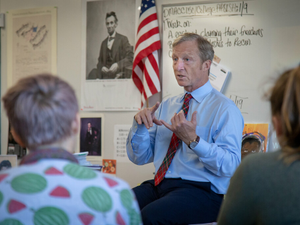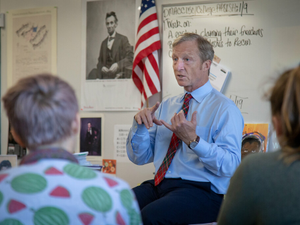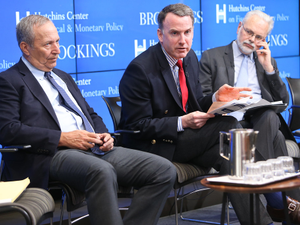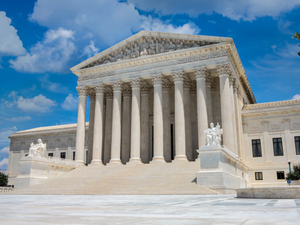National Parks Under Threat: How Budget Cuts Could Erase America's Historical Narratives
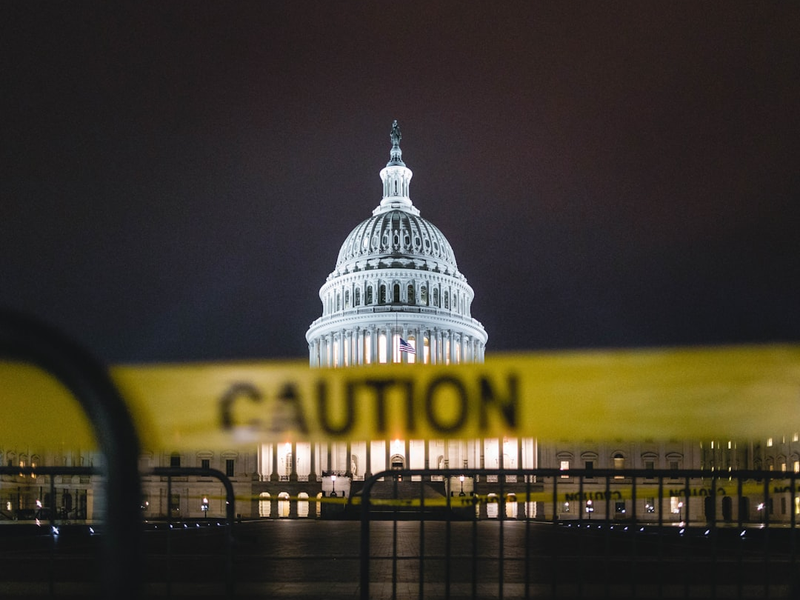
Photo by Andy Feliciotti on Unsplash
The John Muir National Historic Site in Martinez recently became another casualty of the ongoing federal government shutdown, highlighting a deeper crisis threatening America’s national parks. Visitors hoping to explore the historic 325-acre park were turned away, unable to visit the Victorian mansion where the legendary environmentalist once lived.
The shutdown isn’t just about closed gates, it represents a potentially devastating blow to the National Park Service. President Donald Trump’s proposed budget suggests cutting nearly $900 million from park funding, which could effectively eliminate budgets for over 350 of the 433 national parks across the country.
What makes this situation particularly alarming is how it could impact parks that tell critical, often overlooked stories of American history. Sites like the Rosie the Riveter World War II Home Front National Historical Park in Richmond and the Port Chicago Naval Magazine National Memorial in Concord preserve narratives of women, Black soldiers, and migrants who have been traditionally marginalized in historical accounts.
Jonathan Jarvis, former National Park Service director, warns that these cuts could be more than just financial, they send a message that certain American experiences are irrelevant. “You’re basically saying that the people and stories these parks represent are not relevant to the American experience,” Jarvis explained.
The current shutdown has already furloughed over 9,200 parks employees, with potential mass terminations looming. Larger parks remain technically open, but with skeleton crews that might struggle to prevent vandalism or ensure visitor safety.
This isn’t just about preserving buildings or landscapes, it’s about protecting living historical archives that tell the complex, nuanced story of America. From John Muir’s environmental legacy to the courage of Rosie the Riveters, these parks are more than tourist destinations, they’re crucial educational resources that connect us to our collective past.
As budget discussions continue, the future of these national treasures hangs in the balance, raising critical questions about how we value and preserve our shared cultural heritage.
AUTHOR: cgp
SOURCE: The Mercury News










